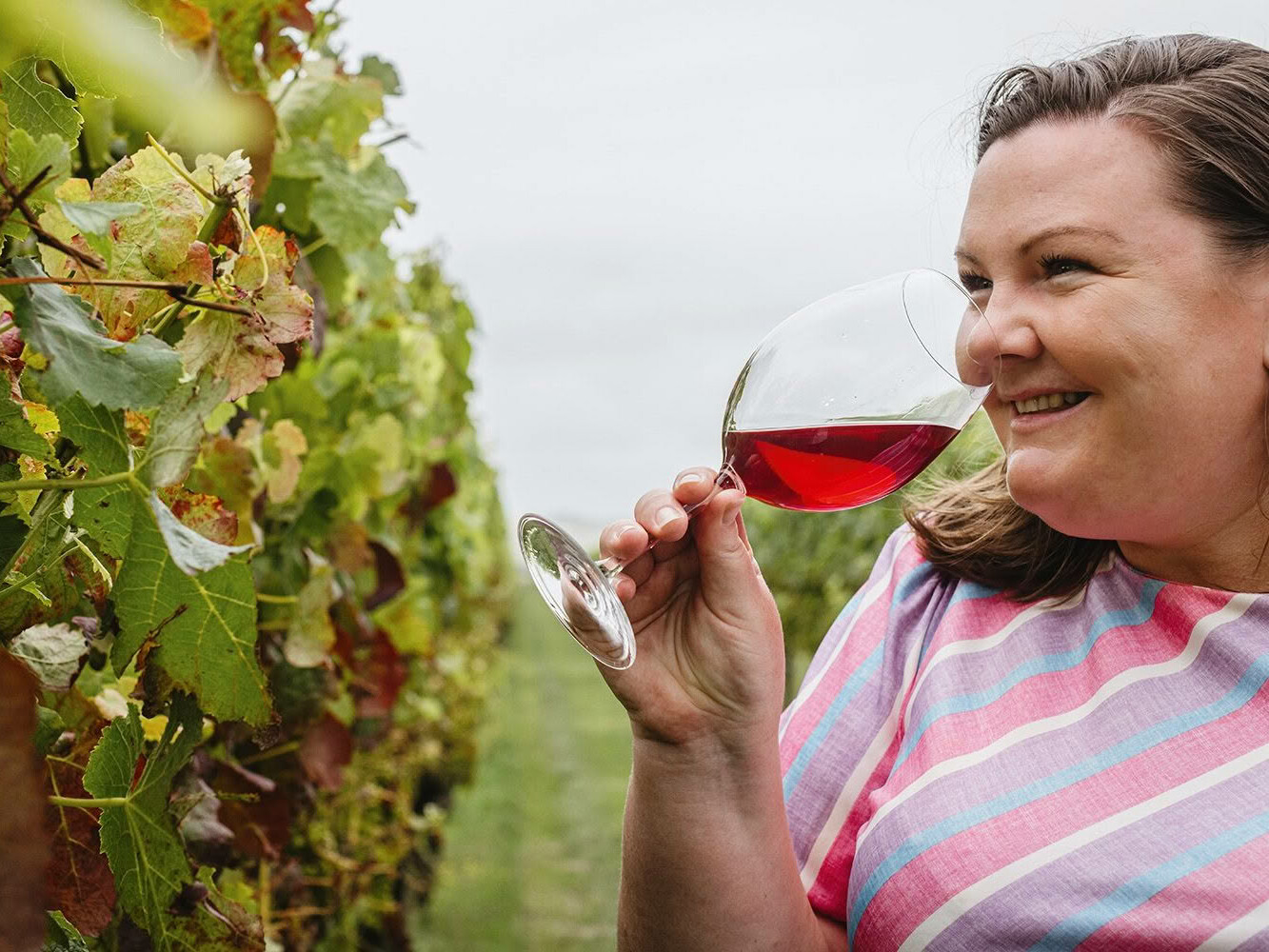This issue’s wine tasting looks at red Bordeaux varieties. These are often blends and, in New Zealand, skew expensive due to our cooler climate and traditional prices predicated on their ultra-premium image. But that situation is changing.
Today’s Bordeaux market is somewhat different to the 1990s-2000s when bottles of cabernet sauvignon and merlot from Bordeaux, Napa Valley and Tuscany were conspicuously consumed at fine restaurants by bankers, ad executives and beneficiaries of the dotcom boom.
The US and European fine-wine markets cooled because of the 2008 US subprime crisis and subsequent global financial crisis, but Bordeaux itself was kept buoyant by the super-heated Hong Kong-led Asian market which was less exposed. Here, Christie’s posted hammer prices in late 2010 of over $100,000 for full-case lots of Lafite-Rothschild 2000; today you’d pay about $30,000.
The crackdown on ‘gifting’ in China in the mid-2010s – and eventual revelation that much of Hong Kong’s import volume was speculative and sitting in the pipeline – precipitated a reset of expectations. In fact, apart from some excitement in 2019, the Bordeaux market has not budged for 7-8 years (in comparison Burgundy and Champagne rose astoundingly). The market reaction to Bordeaux’s 2022 en primeur campaign is telling. It was a very good vintage, but when the region raised prices by an average of 20 per cent to reflect this, buyers largely rejected it. Traditionally, when an inverse curve is seen in pricing (i.e. younger vintages costing more than older ones), the wines in the secondary market either rise to meet it or buyers flock to the older bottles which appear better value. Neither scenario played out last year. Instead of reinvigorating a stalling market, potential collectors went elsewhere. Things are worse for most of the region, who do not inhabit the indexed price bands; the demand for generic Bordeaux is well below production, precipitating a major vine pull scheme of 9,500ha – double the entire vineyard area of Hawke’s Bay.
This crisis is but a symptom of greater upheaval in the world of wine. The 2024 Premiere Napa Valley Auction, seen as a barometer of economic appetite for big-ticket Californian reds, saw a 31 per cent drop in average prices due to falling confidence that demand exists.
One reason commentators believe this is happening is the shift away from the consumption of big reds coinciding with low adoption of wine among the new generation entering the market. White wines and rosés have supplanted big traditional reds in recent years and lighter reds have come into favour with younger drinkers. Bigger reds and wines such as Bordeaux-style blends are being bought by an ageing and shrinking segment of the market who also happen to be the wealthiest – but without a replacement waiting in the wings.
For Burgundy, the situation is more interesting. Firstly, while an index of the most-traded Bordeaux has seen only a 1.9 per cent year-on-year improvement in the past five years, the corresponding index for Burgundy has grown by nearly 10 per cent year on year (i.e. a >60 per cent increase). A deeper evaluation shows that the price rises are even higher in the next tier down of wines being traded, and lower at the top end, such as Domaine de la Romanée-Conti et al. There are arguments that the Burgundy bubble is close to deflating; release prices for Burgundy continued to rise in the last year, partly due to severe shortages of the tiny 2021 vintage, but the secondary market prices fell in that time. If purchase prices are still rising but the resell value is falling, speculators are not going to stick around. This could be the market-cooling catalyst which commentators such as Jasper Morris MW have been waiting for. Here’s hoping!
Either way, we have a dichotomous market. At one end, a particular stratum of producers has transitioned into wines that exist as a perishable piece of collectible art. They are priced so high that buyers either plan to resell or can afford to blow thousands of dollars on a one-use item. At the other end, we see overproduction and lack of demand for an industrial amount of wine made at unsustainably low prices, for a cash- strapped market. For us wine drinkers, does this mean bargains? What is a good buying strategy in this economic climate?
Regius Professor of the London School of Economics, Sir Christopher Pissarides, laid out his roadmap for 2024 at Wine Futures in November 2023. The metrics indicated that near-term worries in the US and Europe about inflation, debt, monetary tightening and the cost of living would subside in 2024 although economic levers which were activated by most governments last year would take several months (into 2024) to have their full impact. Sir Christopher pointed out that some impact on business would be harder to shake, but the cycle of contraction and debt panic was done. Flashes of optimism are indeed appearing, even as major economies slip in and out of technical recessions.
From where I sit, I can see little reason to buy beyond your means as the current market is unlikely to run away any time soon. At the upper end, wine quality delivers diminishing returns, so it only makes sense if the exponential increase in cost for that bit of added quality is inconsequential to you. Now is the time to avoid Burgundy (and Champagne), looking instead at wines in that sweet spot of price to quality which fit your budget. There are very dependable wines at the $30-$40 level across most varieties if you don’t mind experimenting with newer regions, and fantastic wines in the $100 range which today wouldn’t even get you a bottle of village-level Burgundy from a good producer. 25-year-old me would roll his sommelier’s eyes at what I’m about to say: Bordeaux is looking relatively affordable!






